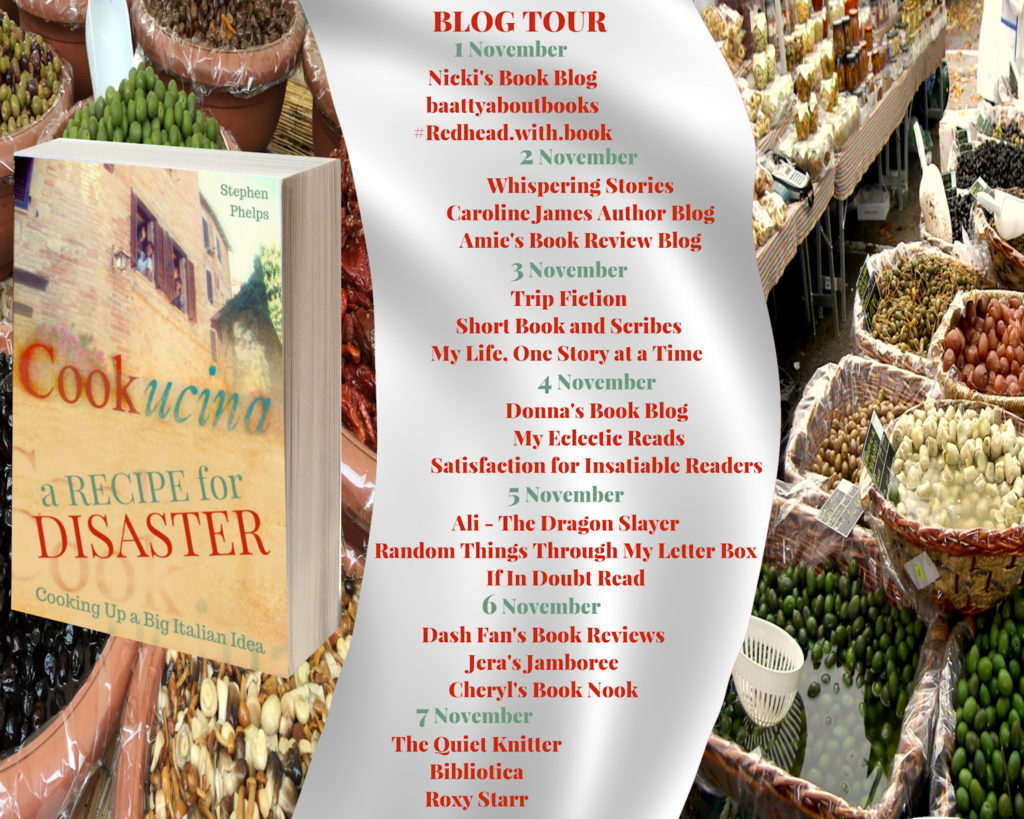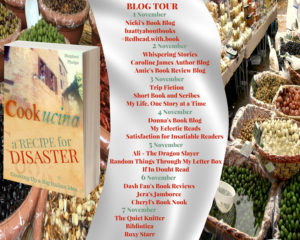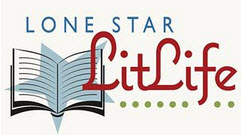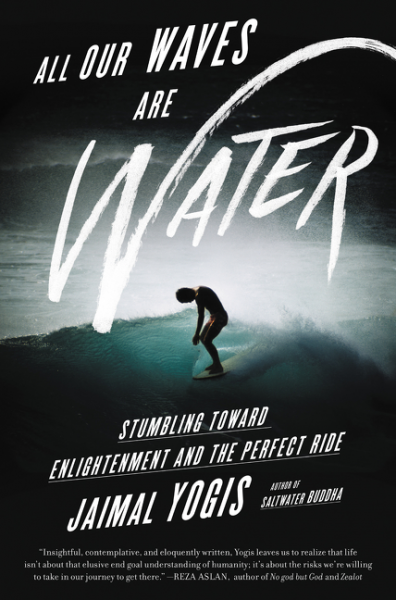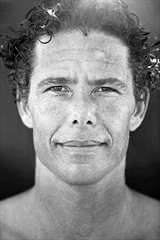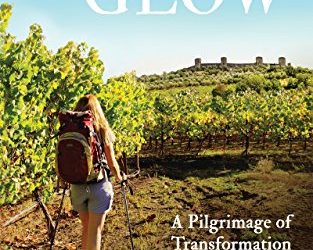About the book, A Recipe for Disaster: Cooking up a Big Italian Idea
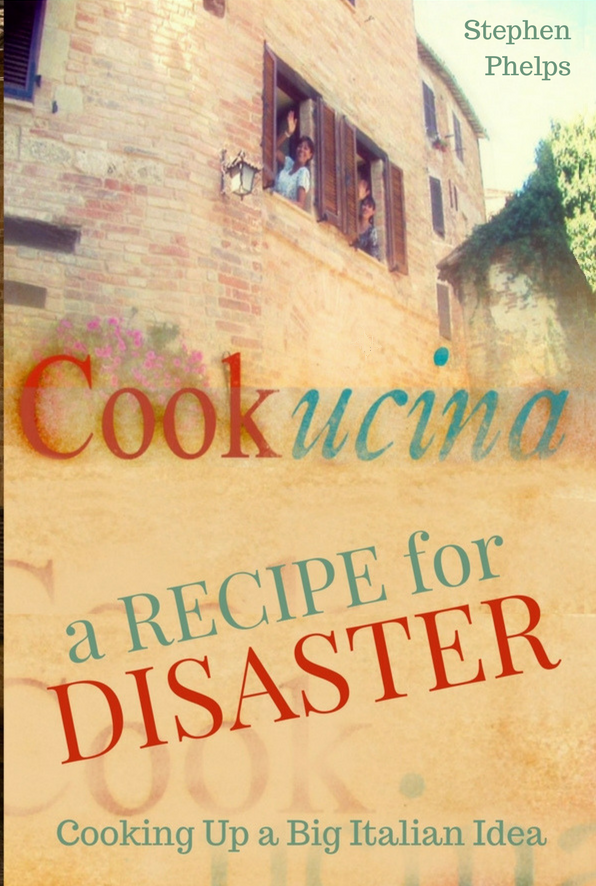 A Recipe for Disaster is a cookbook, a travelogue and the companion to Cookucina, a six-part TV series available on Amazon Video, iTunes and Google Play – see www.cookucina.com .
A Recipe for Disaster is a cookbook, a travelogue and the companion to Cookucina, a six-part TV series available on Amazon Video, iTunes and Google Play – see www.cookucina.com .
It’s also the entertaining journey of an Englishman struggling with the ups and downs of living in rural Italy. After giving up a successful career in television, Stephen found himself dragged back into a world he had happily given up when his neighbour, Lia, persuaded him to listen to her Big Idea – making a TV cookery series. But Lia speaks no English.
And Stephen’s partner, Tam, can’t cook. So, much against Stephen’s better judgement, the three of them embarked on a six-part series set among the rolling hills of the little-known, but spectacularly beautiful, Italian region of Le Marche. In the Cookucina TV series Lia teaches Tam to cook alla Marchigiana, while Tam translates. A Recipe for Disaster follows their many encounters with the real Italy – a world away from the picture-book ideal of summer holidays in Tuscany.
As the team try to construct a professional series with no funding they come to rely on the generosity of the Marchigiana people, while attempting to overcome the constant difficulties thrown up by those whose stubborn adherence to their age-old way of life is rooted in their beloved fields and woods. A Recipe for Disaster is a goldmine of simple yet delicious recipes, while peeling back the veneer of television professionalism and opening the door to a world of Italian surprise and delight.
A Recipe for Disaster comes with unique access to Cookucina, the final six-part TV series, so you can see for yourself how the team cracked their problems and (just about) held it all together in a blistering heatwave. Experience this contradictory world of vendettas and kind hearts through the laughter and frustrations of Stephen and the team, as you follow A Recipe for Disaster slowly coming to its surprising fruition.
Buy, read, and discuss A Recipe for Disaster:
Amazon (Paperback) | Amazon (Kindle) | iBooks | SmashWords | Goodreads
About the author, Stephen Phelps
 Educated at Oxford University, I began working with BBC Radio, moving to BBC TV where I launched Watchdog and produced the investigative legal series Rough Justice. In Hong Kong for BBC World Service Television I oversaw the start of BBC World. I then spent twelve years running my own TV production company, Just Television, specialising in investigative programmes in the field of law, justice and policing. In particular, Trial and Error for Channel 4 which exposed and investigated major miscarriages of justice, winning the Royal Television Society’s inaugural Specialist Journalism Award in 1999. Recently I have been working as a consultant for Aljazeera English on major documentary projects.
Educated at Oxford University, I began working with BBC Radio, moving to BBC TV where I launched Watchdog and produced the investigative legal series Rough Justice. In Hong Kong for BBC World Service Television I oversaw the start of BBC World. I then spent twelve years running my own TV production company, Just Television, specialising in investigative programmes in the field of law, justice and policing. In particular, Trial and Error for Channel 4 which exposed and investigated major miscarriages of justice, winning the Royal Television Society’s inaugural Specialist Journalism Award in 1999. Recently I have been working as a consultant for Aljazeera English on major documentary projects.
In 2002 I took an MA in Creative Writing at the University of East Anglia. Writing credits include many plays for BBC Radio, my most recent being a drama documentary for the 30th anniversary of the Herald of Free Enterprise disaster. Books: The Tizard Mission published by Westholme Publishing in the United States, tells the extraordinary story of how Britain’s top scientists travelled in secret to America in the autumn of 1940 to give away all their wartime secrets to secure US support in WWII. A Recipe for Disaster is a book about living in Italy while trying to make a TV cookery series, Cookucina (now available on Amazon Video, Google Play and iTunes.
I have several other books and three screenplays in development.
Connect with Stephen:
Website | Facebook | Instagram | Medium | Twitter
My Thoughts:
 I love travelogues and cookbooks and true stories about people undertaking bold things. Under the Tuscan Sun and Peter Mayle’s Provence series are some of my favorite books in this genre. I read them, and I imagine leaving my cushy suburban lifestyle and relocating to Guadalajara, MX, or somewhere in Scotland.
I love travelogues and cookbooks and true stories about people undertaking bold things. Under the Tuscan Sun and Peter Mayle’s Provence series are some of my favorite books in this genre. I read them, and I imagine leaving my cushy suburban lifestyle and relocating to Guadalajara, MX, or somewhere in Scotland.
Agreeing to read and review A Recipe for Disaster: Cooking Up a Big Italian Idea was obviously a no-brainer for me. I expected that I would enjoy Stephen Phelps’ story about living and cooking in Italy, especially when he has a non-cooking partner. (My own partner has a limited repertoire of boxed pudding, soup from the deli, and pasta with pre-made sauce, and I still have to walk him through the latter.)
What I did not expect was to fall in love with the book so hard that I paid the $12 to buy the series from Amazon. What I did not expect was to spend page after page laughing, crying, and drooling over Stephen, Tam, and Lia, the process of making a tv show, the process of learning to cook, and the shared experience of living in such a surreal bubble in time.
Reading this book makes you want to get your grandmother’s recipe box and systematically work through every family favorite you’ve ever known, but it also makes you want to start a restaurant, make a tv show, and learn to cook a new-to-you kind of food, or speak a new-to-you language.
At the same time, makes you want to run far away from all those things because each one has its own frustrations.
Candid, funny, sometimes poignant, A Recipe for Disaster is one tasty piece of fiction.
Goes well with any of the food mentioned in the book with a glass of a good Italian table wine. Need not be fancy. (I really want to make the roasted tomatoes (with breadcrumbs, baked herbs and orange zest).)
Watch the Trailer
Enter the Giveaway
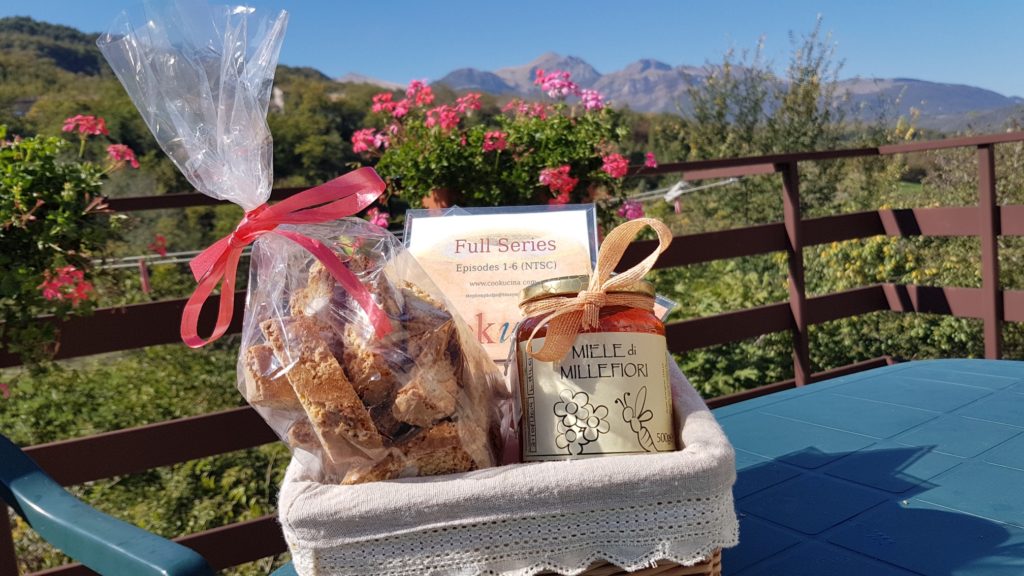
Win
- Biscotti artigianale
- Local honey
- 3 x DVD of the Cookucina series
- Plus a signed copy of A Recipe For Disaster


